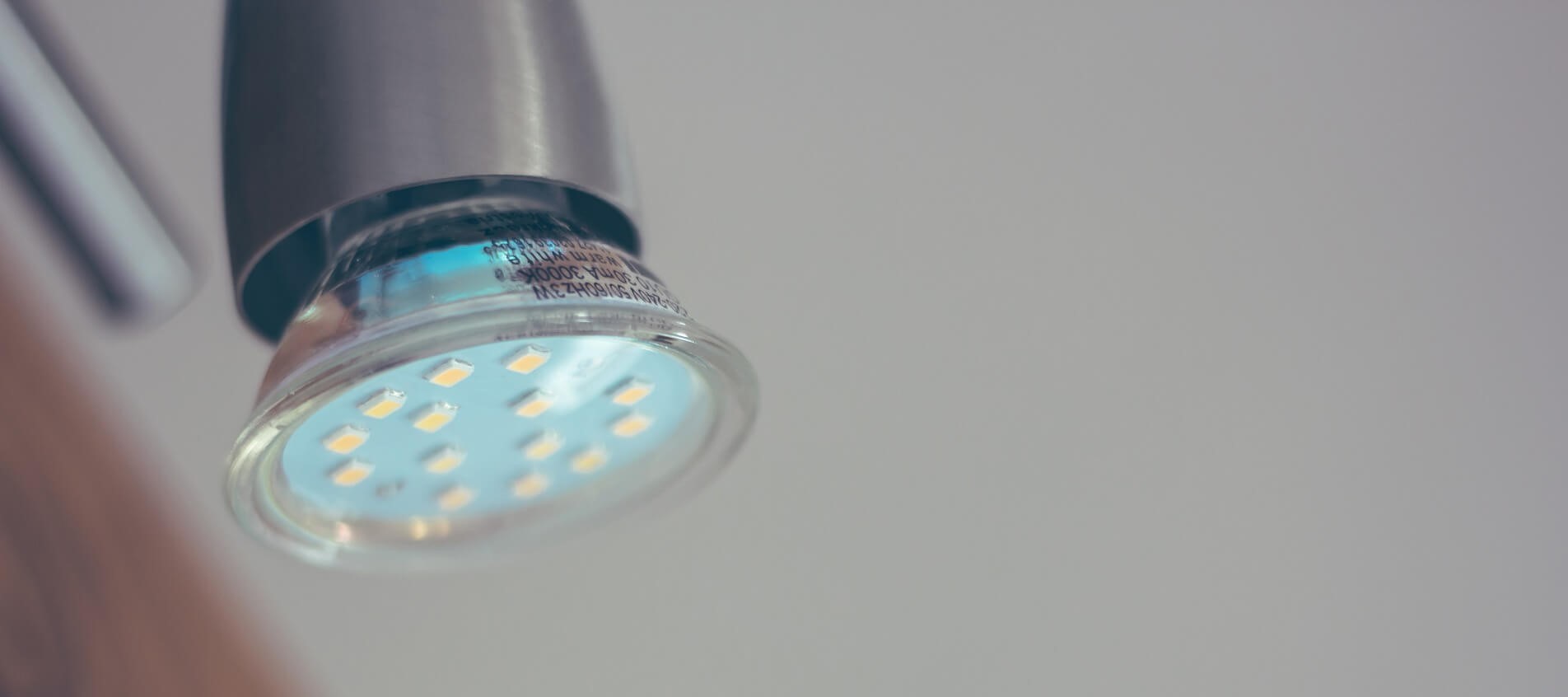How Can You Fit LEDs in Your House?

LED lighting can be used in any house as a design element, increasing the functionality and beauty of the interior. It can light up every room, and if placed properly, LEDs can be invisible to the human eye and get you more space to use for other design elements. There are a number of advantages that are associated with LED lighting, but you must know that, as you already decided to switch to the most efficient lighting.
Once you have bought LED products, you next have to ask yourself, “how can I fit them in my house?” Here is all you need to know.
Types of Lighting
Before you start looking for your LED kits and much-needed Led Power Supplies, take some time to recognize the three major lighting types. This knowledge should make it easier for you to choose where to put which LED products.
- Ambient lighting - provides overall illumination in a room.
- Accent lighting - used to highlight specific points of interest, such as decor elements.
- Task lighting - direct light designed to help perform specific tasks.
Choosing the Shape of the Bulb
If you wish for your lamps to look aesthetically pleasing, you need to buy bulbs that will complement their shape and provide you with enough light at the same time. There are eight different shapes of LED bulbs you can go for: golf, candle, spiral, globe, downlight, traditional, spot, and stick. Choose the ones that will suit the rooms and lamps the best.
The Right Colour
When it comes to the colour of the light, note that there are endless LED light colours you can choose from. However, we recommend that you go with traditional white, yellow, or blue and adjust the temperature of the light according to the needs of a certain room. Go for cooler tones in your study that helps you to focus, and for warmer light in your bedroom, so that it doesn’t keep you awake during the night. You will find the type of colour on the label of the bulbs.
LED Lights Instalment in 10 Steps
Now that you have the right products and know where you would like each lighting feature to be, it is time to install some LEDs.
Step 1: Pick a location. Decide where in the room you would like to install your lights.
Step 2: Mark the locations to know where the wiring will be.
Step 3: Find a place for the electrical source of your LED lights, ideally out of sight.
Step 4: Drill the holes you need to get the wiring through the wall if there is a need for it.
Step 5: Find an electrical circuit that you will use for your lights.
Step 6: Turn off the circuit.
Step 7: Find an electrical wire inside your circuit box and feed it to where your power source is.
Step 8: Connect the LED lighting to the chosen wire from your lighting source, and make sure to connect the wiring correctly.
Step 9: Then, connect the wires from the power source of your LED lights to the switch box.
Step 10: Lastly, turn back on the circuit and test your LED lighting.
If your lights work fine, you have completed installing the LED lights properly.
Conclusion
Switching to LED lighting should bring a lot of benefits to the design, functionality, and energy-efficiency of your house. Fortunately, the installation process is not that complicated if you follow all the steps carefully. You can make this your next weekend project.
